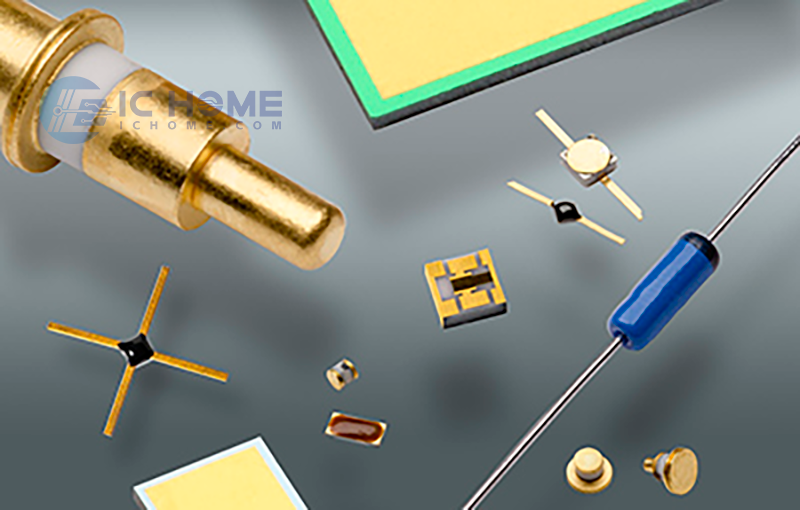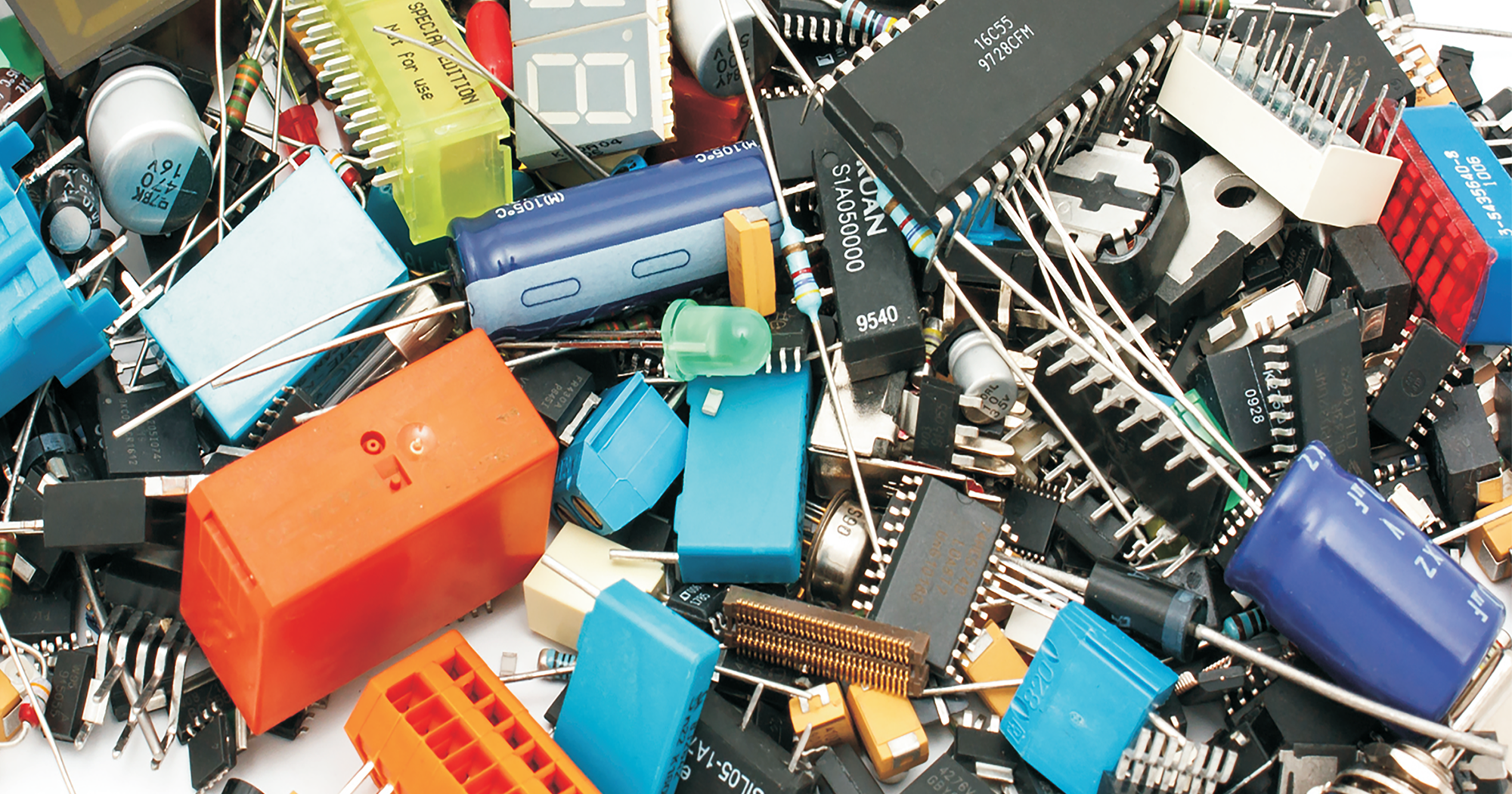How Does the Power Rating Affect the RF Diode Performance?
RF diodes play a critical role in high-frequency applications, including radio communication, radar systems, and signal processing. Among their key specifications, the power rating—expressed in milliwatts (mW)—is a vital parameter that directly impacts the diode's performance and reliability. For instance, in an RF diode such as a PIN single diode rated at 80V, 100mA, and 250mW, the power rating indicates the maximum amount of power the diode can dissipate without failure. But what does this mean for engineers and procurement professionals? Let's dive into the significance of the power rating and its effect on diode performance.

What Does the Power Rating Represent?
The power rating of a diode, such as the 250mW in the RF PIN diode mentioned, specifies the maximum amount of power the diode can handle while operating safely and efficiently. It is determined by the diode's design, materials, and thermal dissipation capabilities.
Breaking Down the Components
-
Voltage and Current Relationship: The power rating is calculated as the product of voltage (V) across the diode and current (I) flowing through it:
P=V×IFor a diode rated at 80V and 100mA, the theoretical maximum power dissipation would be 80 × 0.1 = 8W. However, the actual rating is often lower due to thermal constraints, in this case, 250mW.
-
Thermal Dissipation Limits: The power rating also depends on the diode's ability to dissipate heat. When power dissipation exceeds this limit, the diode's temperature rises, potentially damaging its structure and reducing its lifespan.
How Does the Power Rating Affect Diode Performance?
1. Ensuring Operational Stability
The power rating acts as a safeguard for the diode's operation. Operating within the rated power ensures that the diode performs reliably without overheating. For example, if an application requires the diode to handle more than 250mW, it could lead to overheating, increased leakage current, or even catastrophic failure.
2. Impact on Efficiency
Exceeding the power rating can degrade the diode's efficiency. An RF diode's ability to switch or modulate signals at high frequencies relies on maintaining stable junction characteristics. Excessive power dissipation alters these characteristics, reducing signal clarity or causing distortion.
3. Heat and Thermal Management
Power dissipation generates heat, and managing this heat is crucial for maintaining diode performance. If the heat exceeds the diode's capacity for thermal dissipation, it could lead to:
- Junction temperature rising above the maximum limit.
- Accelerated wear and degradation of the diode material.
- Permanent damage to internal structures.
How to Choose the Right RF Diode Based on Power Rating
1. Understand Application Requirements
Consider the voltage and current levels in your application. For high-power RF applications, select diodes with a higher power rating. For example, if your circuit operates at 100mW, a diode rated at 250mW provides a sufficient safety margin.
2. Check Thermal Management Options
If your design involves high power levels, ensure proper thermal management solutions, such as heat sinks or thermal pads, are in place to keep the diode within its safe operating temperature.
3. Account for Environmental Factors
External conditions such as ambient temperature and ventilation can impact heat dissipation. In high-temperature environments, a diode may need a lower power load than its maximum rating to avoid overheating.
4. Consider the Frequency Range
RF diodes must handle specific frequencies efficiently. Ensure that the diode’s power rating supports its operation across the desired frequency range without performance degradation.
Consequences of Ignoring Power Rating
Failing to consider the diode’s power rating can have significant consequences:
- Reduced Lifespan: Continuous operation beyond the power rating shortens the diode's useful life.
- Performance Issues: Overpowering may result in signal attenuation, distortion, or malfunction in RF circuits.
- Thermal Runaway: Excessive power dissipation can lead to a thermal runaway condition, causing irreversible damage to the diode.
Conclusion
The power rating of an RF diode, such as the 250mW in the PIN diode discussed, is a critical parameter that determines its ability to handle power safely and efficiently. By understanding and respecting this rating, engineers and procurement professionals can ensure stable, reliable performance in their designs.
When choosing an RF diode, always consider the application's voltage and current requirements, implement robust thermal management strategies, and account for environmental factors. These steps will help you maximize the diode's efficiency and longevity, ensuring your RF systems perform at their best.
For more information or to request a quote, please feel free to send us an RFQ.
Some Model Numbers




